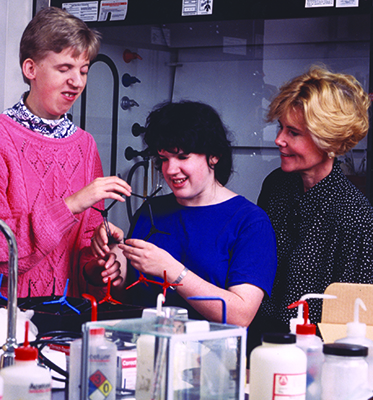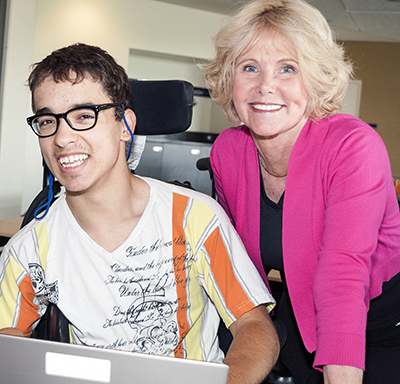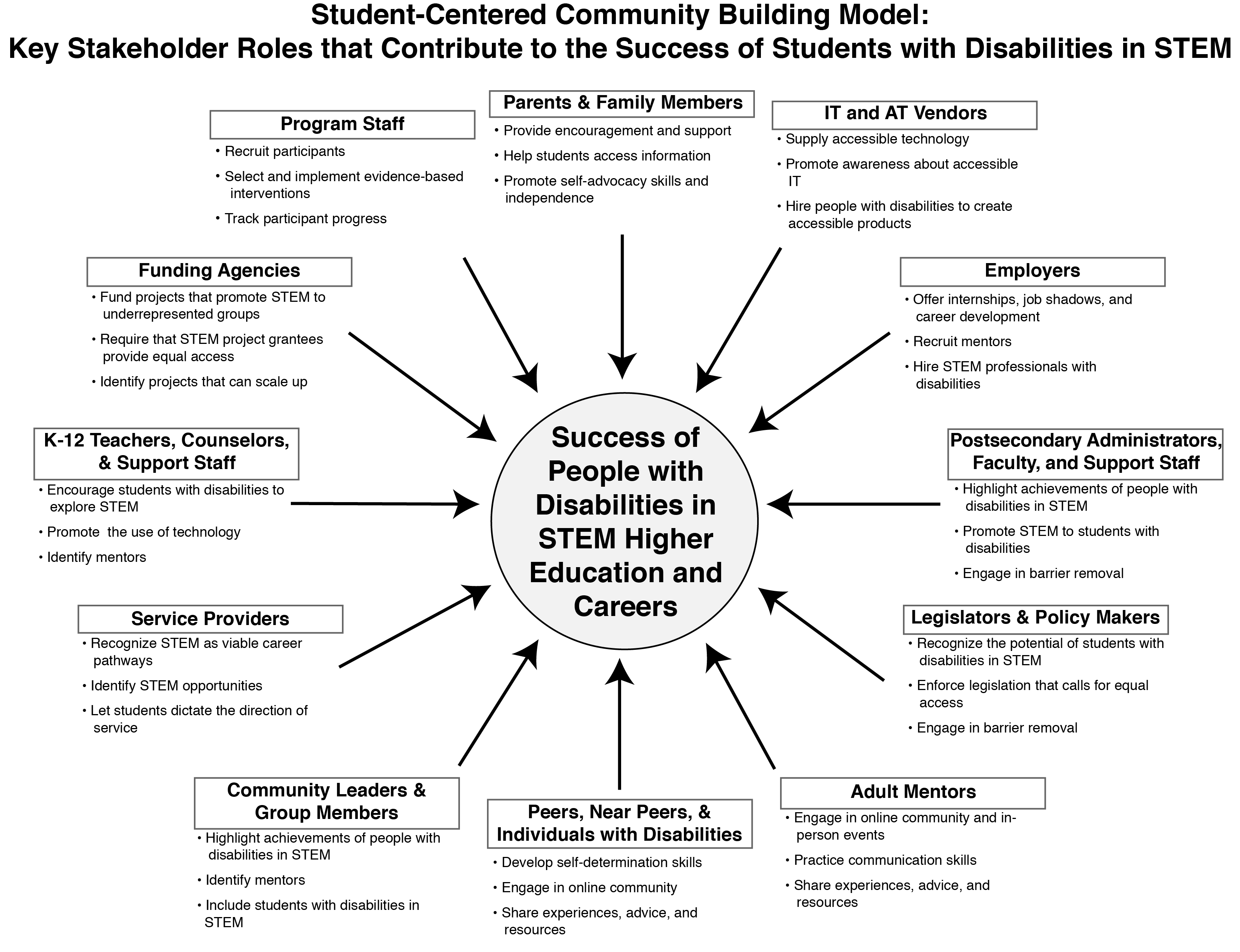From the Director

Have we really been “doing–it” for 25 years? Well, time flies when you’re having fun, and that makes sense when it comes to DO-IT (Disabilities, Opportunities, Internetworking, and Technology). In this publication we share DO-IT’s past, present, and plans for the next 25 years.
In our flagship program, DO-IT Scholars, nearly 500 high school students with disabilities have learned to use technology to maximize their independence and productivity, networked with successful people who have disabilities, and engaged in activities that help them prepare for challenging college studies and careers. Pictures on the facing page include a Scholar from our very first year and a current Scholar, respectively. It is exhilarating to witness them reach personal milestones, continue to participate in DO-IT as mentors to incoming students, speak in classes and at conferences, and become leaders in their fields. The successful practices of the DO-IT Scholars program have been replicated to benefit thousands of youth with disabilities through other projects and collaborative efforts, including those in Japan, Malaysia, and Singapore.

DO-IT works with everyone who can contribute to the success of people with disabilities in challenging academic programs and careers: disability service providers, employers, educators, parents, governmental agencies, and high tech companies. Organizations and activities are summarized in the Student-Centered Community Building Model. For example, we have partnered with University of Washington computer science professor Richard Ladner since the inception. Richard and I have now co-directed our AccessComputing project for over ten years. Funded with over 10 million dollars from the National Science Foundation, we have partnered with dozens of other institutions and professional organizations nationwide to promote the success of people with disabilities in computing fields of study, research and careers and the inclusion of accessibility topics in the computer science curriculum. Through over 30 programs, presentations, capacity building institutes, online classes, and conferences, DO-IT and its partners help people work more effectively with individuals with disabilities. We share successful practices around the world through electronic resources, printed materials, videos, and discussion forums.
This is an exciting time as we witness more people with disabilities realizing their potential and more organizations recognizing the benefits of a diverse workforce that fully includes people with disabilities. Yet, there are so many challenges ahead. We will continue our successful partnerships and create new ones to address critical needs in our society. I invite you to share your talents and resources to extend our reach.
Sheryl Burgstahler, Ph.D.
Director, DO-IT Center and Accessible Technology Services
Affiliate Professor, College of Education
University of Washington
